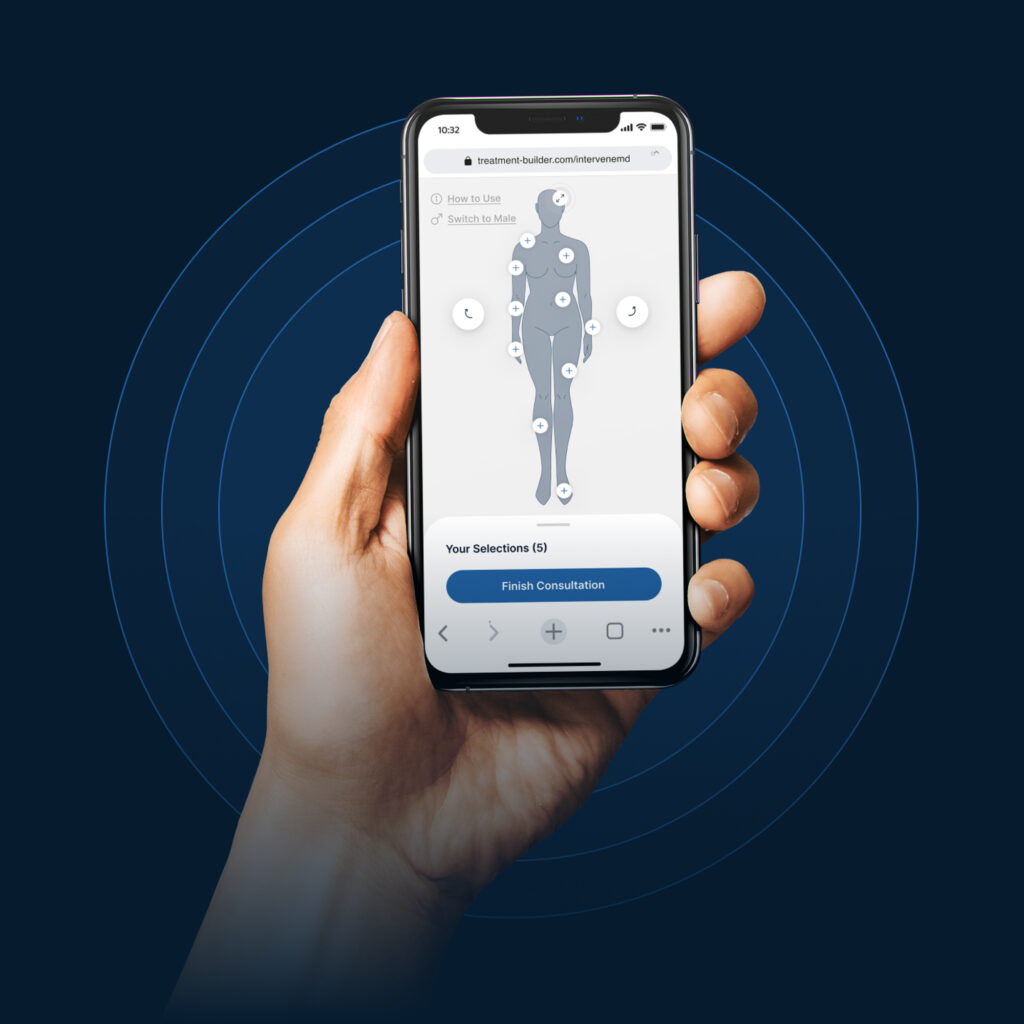
Whiplash is a term that describes injury to the neck that most often occurs as a result of a motor vehicle accident in which a vehicle is rear-ended, but can also result from a side impact collision or a fall injury. In a typical case, the victim’s body is initially pushed forward, causing the head to move up and backward, which can stretch or tear muscles, tendons, and ligaments. Then, the head snaps forward very quickly, further stretching these structures. This traumatic over-stretching may take several months to heal.
A whiplash injury usually takes 12-24 hours to develop. Typical symptoms include neck stiffness and pain, headaches, and reduced range of motion of the neck. Other possible symptoms are dizziness, ringing in the ears, blurred vision, fatigue, muscle spasms, sleep disturbances, and pain in the arms.
There are several factors that affect the body’s ability to withstand a whiplash injury: good posture at impact, good overall physical condition, awareness of the impending impact, and male gender.
A common misconception about whiplash injury is that if the vehicle does not sustain damage in a low-speed impact, then whiplash injury to the occupant does not occur. In reality, low-impact collisions can produce correspondingly higher dynamic loading on the occupants because the lack of crushing metal to absorb the forces results in greater force being applied to items or occupants within the vehicle.


